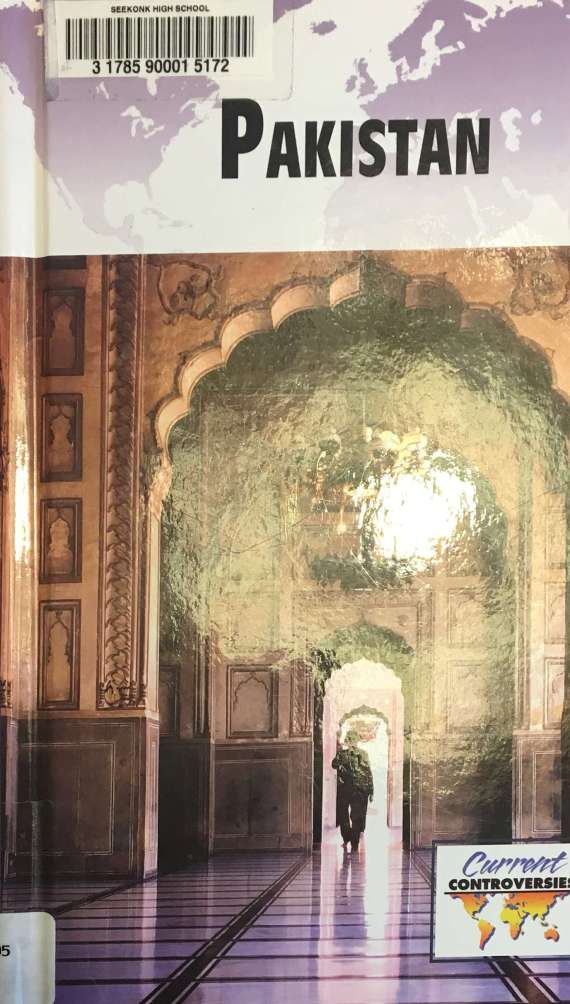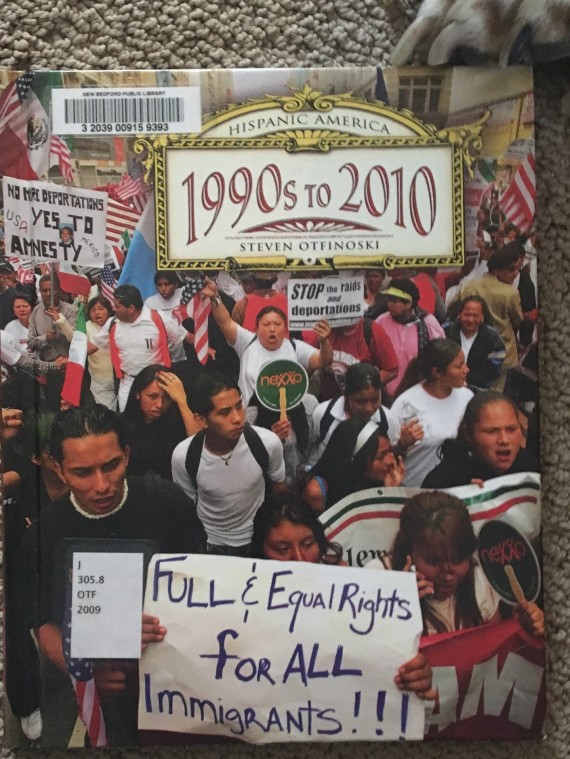Dear Reader,
This is part of my continuing series of posts on the books we have been using on our homeschool. Find all my booklists here.
As I mentioned in my post on the ’70s and ’80s, it is getting tougher as we get closer to present day to find good living books to use. I was caught off guard when I realized that our spine series ended at 1990 so I scrambled to order all the library books I could find for kids on the 1990s. I checked out as many as I could and began sorting through them to find something that I could read to my kids (grades 6-11) to give them an overview of the major events of the decade:
Looking at all these books makes me appreciate how much better our spine series (Our Century) really was, though it may not be considered living by some.
The two I ended up using are The one on the top left there — The 1990s: Decade in Photos: The Rise of Technology and A Cultural History of the United States through the Decades: the 1990s by Stuart A. Kallen (top row, third book over). Note that the first book has no author listed on the cover; this is not a good sign. It is the simpler of the two and is really elementary level. I used it because it gave a not-too-too- bad synopsis of some events tat the other book left out. Kallen’s book is fuller and goes more in depth but it is a cultural history if the US and touches less on international events. My third choice from this lot would be History of the 1990s (top, right) but in the end I decided it was a bit worse than my other choices. I did keep out Fashions of a Decade: the 1990s but used it only to show pictures of the fashions and trends of the era. The three on the bottom row I did not like.
More and more of what we are studying has direct bearing on current events so I have begun to take a slightly different take in their individual reading. My goal is for my kids to begin to understand the issues behind the stories they might see in the news. When studying Watergate, I ran across a book that I really liked edited by a woman named Debra A. Miller. A library search revealed that she has a quite a number of volumes available. They are part of different series and so there is some variation in format. Many, like the one I used on Watergate, are compilations of primary sources with only brief, added introductions. These selections may be speeches or statements by politicians and various groups or articles for or against an issue. They seem to be intentionally well-balanced — for every opinion on one side of an issue, there are opinions on the other.
So I began by getting a number of books on various countries and having each child pick one.

We ended up with North Korea, Darfur, Pakistan, and Iran. There is some variation in how hard these books are. Certainly a high schooler could handle them. A middle schooler might have to stretch a bit more. I wouldn’t recommend them for elementary age. I did not require my children to read all of their book but selected the essays that I thought most relevant. I also gave them each some targeted narration questions; that is, rather than just “narrate this” I would say something like “on today’s readings I want you to tell me about nuclear weapons in Pakistan.” Because they are each reading about different countries, they also have to share what they’ve learned with their siblings.
After picking countries, we are moving on to issues. Debra Miller again has numerous books on the hot-button topics of the day:
Some topics are political, some cultural. Some are more appropriate for my younger kids; some are acceptable for high schoolers. As I write this, we are just beginning this process, but my intention is to do the same as we did with the books on countries — guided narrations and presentations to their siblings.
One last book on the ’90s:

I found this one on Hispanic America which I may have my 6th grader read in place of one of the issue books. It seems to give a good idea of the scope of what we mean wen we say “Hispanic” and the different cultures that encompasses.
Nebby











Posted by rodandmegs on May 11, 2017 at 6:05 am
I really enjoy seeing all the living books you are using for your children. It helps give me ideas and know that a CAM education is very possible for older kids. My oldest is 14, and now I feel like I don’t have to use “textbooks” alone to give her a well rounded education.
Posted by nebby3 on May 11, 2017 at 7:38 am
Thanks for taking the time to comment. I’m glad my muddling along encourage someone else 😉